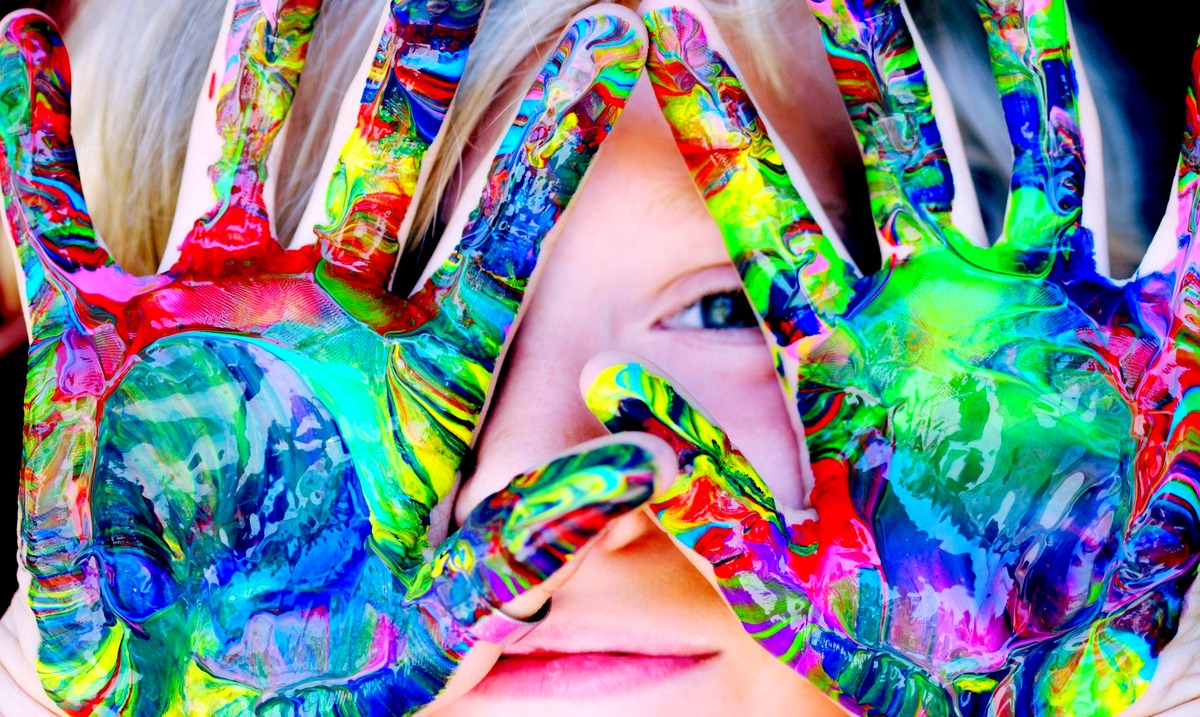With an estimated 8% of adult Americans currently using meditation today, it is clear that the practice is making a comeback in our modern society. At a time when we are struggling with our mental health more than ever, this is an incredibly positive and beneficial way of taking charge of our lives once again.
Knowing the many benefits that are associated with the practice of meditation, ranging from improved overall mental health and reduced stress to improved sleep and lower blood pressure, this is a great addition to your daily routine. But, let’s take it a step further. If this is such a positive habit in our lives, why not start it off at a young age, introducing our children to the concepts of meditation and mindfulness? Wouldn’t it be a positive experience to start this early and allow them to grow up with these habits already instilled in their minds?
The idea of teaching meditation to a child may seem overwhelming, but here are 7 quick and effective tips to help you along the way:
#1 – Regularly discuss the importance of kindness and compassion.
Don’t solely focus on the moment of meditation when you are trying to teach your child. Instead, look at the bigger overall picture. Meditation and mindfulness are bigger than just one moment, they are a way of life in which you incorporate compassion and kindness to others in all that you do. Point out moments that they can embrace these values in their daily lives, and don’t forget to lead by example!
#2 – Try incorporating mindful walking into your day.
While the first thought that comes to mind when we consider meditation is a seated meditation as it is most often portrayed in the movies, this isn’t the only option available. In fact, walking meditation provides the same benefits while allowing those who practice being up and moving, great for those who struggle to stay still for long periods of time. This may be a great option for younger children.
#3 – During meditation, give them something tangible to focus on.
The actual process of meditation can be difficult for a young child, as they are being asked to sit still, stay quiet and maintain focus. Rather than expressing them to focus their attention entirely on the quieting of their own minds, try giving your child something specific to focus on. Place something in front of them such as a specific toy, a picture, or a candle, so they can focus their eyes and attention on a tangible point.
#4 – Start to keep a gratitude journal together.
Carve out some time in your busy schedules to sit down and write in your gratitude journal together each day. Don’t expect too much from your child, keeping their age in mind, but even identifying one or two reasons to be thankful each day can help train the mind to focus on the positive energies in life rather than be distracted by toxic negativity. Doing it together opens the door for some great conversations about the concept of gratitude and how to incorporate it into our daily lives.
#5 – Talk openly about meditation in your own life.
Children learn a lot of their habits and beliefs in life by watching their parents and the choices that they make. This can even help to establish a regular routine in their lives early on, as they attempt to mimic their parent’s routine. For this reason, if you openly share your interest in meditation, even openly engaging where your children can see, it will inspire them to also want to include meditation in their own daily routine.
#6 – Use the idea of blowing out your birthday candles to teach meditative breathing.
One of the most difficult concepts that most children struggle to understand is the concept of meditative breathing, however, the benefits of these breathing exercises are well-documented. If you are looking for an easier way to teach this idea to a younger child, refer to the actions of smelling flowers and blowing out candles on a birthday cake. Tell your child first to smell the flowers (breathing in through the nose) then blow out their birthday candles (out through the mouth).
#7 – Set realistic expectations.
Try to remember throughout all of this that you are still talking about a young child. If you want to increase your chances of success, begin by setting realistic and attainable expectations. For example, don’t set a specific time limit that you expect your child to reach the first time they sit down, it’s going to take time to build up to that point. Accept that there will be days that just aren’t going to work out at all, and others where your child may blow away your expectations. Take it day by day and celebrate the minor victories.
Check out this great guided Mindfulness Meditation designed specifically with children in mind:
Image via Popsugar

